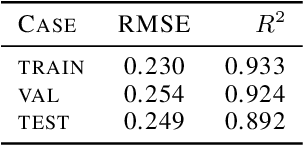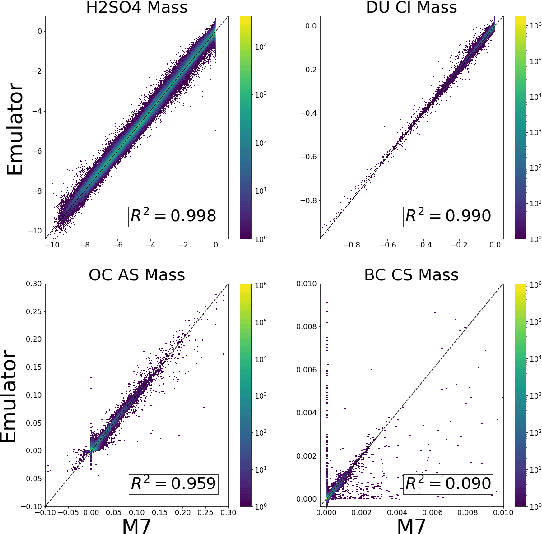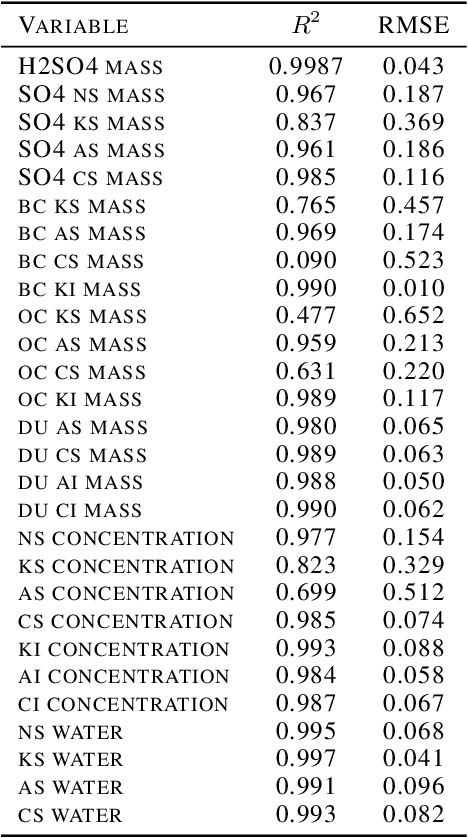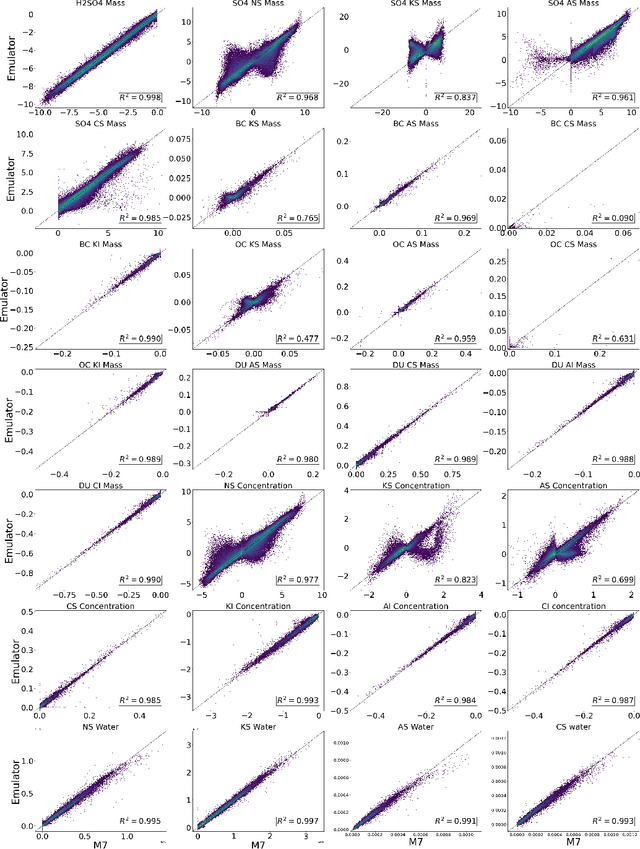Nicolas Gauger
Emulating Aerosol Microphysics with Machine Learning
Sep 29, 2021



Abstract:Aerosol particles play an important role in the climate system by absorbing and scattering radiation and influencing cloud properties. They are also one of the biggest sources of uncertainty for climate modeling. Many climate models do not include aerosols in sufficient detail. In order to achieve higher accuracy, aerosol microphysical properties and processes have to be accounted for. This is done in the ECHAM-HAM global climate aerosol model using the M7 microphysics model, but increased computational costs make it very expensive to run at higher resolutions or for a longer time. We aim to use machine learning to approximate the microphysics model at sufficient accuracy and reduce the computational cost by being fast at inference time. The original M7 model is used to generate data of input-output pairs to train a neural network on it. By using a special logarithmic transform we are able to learn the variables tendencies achieving an average $R^2$ score of $89\%$. On a GPU we achieve a speed-up of 120 compared to the original model.
 Add to Chrome
Add to Chrome Add to Firefox
Add to Firefox Add to Edge
Add to Edge